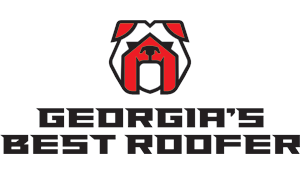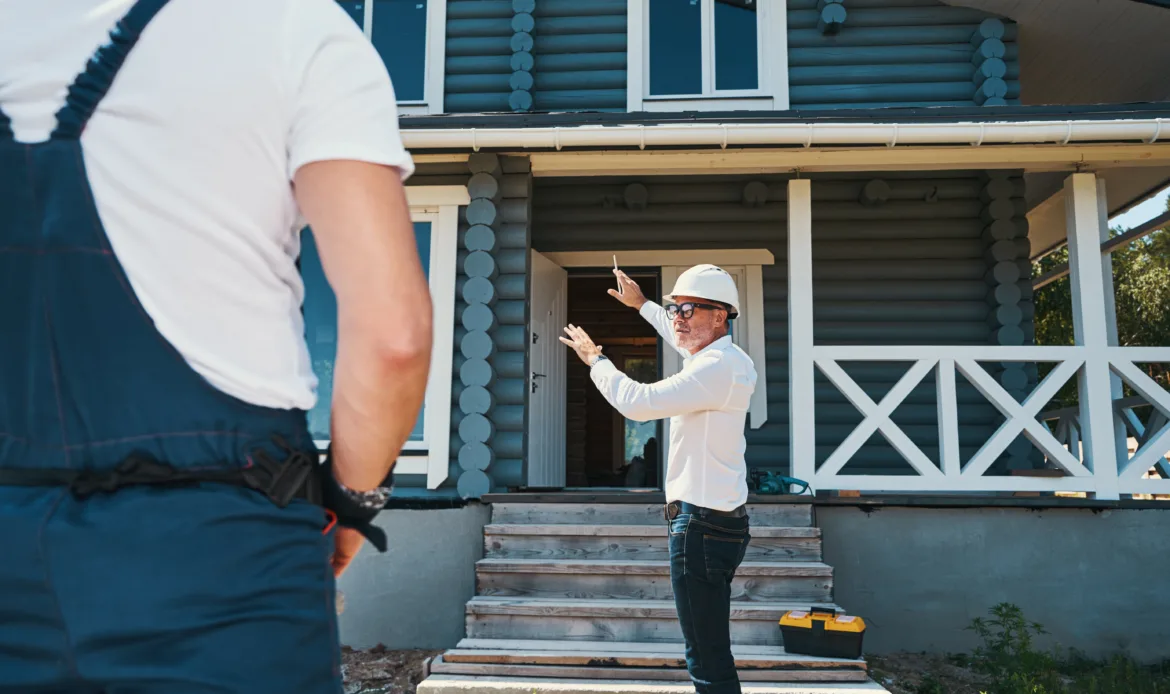Regular roof inspections are essential for maintaining your home’s safety, longevity, and value. But how often should you inspect your roof? Understanding the ideal inspection schedule can help you prevent costly repairs and extend the life of your roofing system.
Why Are Roof Inspections Important?
Routine roof inspections help identify minor issues before they turn into major problems. Small leaks, missing shingles, or early signs of wear can be caught and repaired quickly, preventing water damage, mold growth, and structural deterioration. Regular inspections also ensure your roof remains compliant with warranty requirements and insurance policies.
A well-maintained roof not only protects your home from the elements but also preserves its curb appeal and resale value. By catching problems early, you can avoid expensive emergency repairs and extend the lifespan of your roofing materials. For Georgia homeowners, where heat, humidity, and storms are common, proactive inspections are especially crucial.
General Recommendation: Annual Inspections
Most roofing professionals recommend that you inspect your roof at least once a year. An annual roof inspection provides a reliable baseline for tracking your roof’s condition and catching issues early before they escalate. If you’re comfortable and it’s safe, you can perform a basic visual inspection yourself, but it’s wise to have a professional conduct a thorough assessment.
During a professional inspection, experts will check for signs of damage such as cracked or missing shingles, rusted flashing, clogged gutters, and moss or algae growth. They’ll also look for less obvious issues like weakened decking, poor ventilation, or early signs of leaks that could lead to more serious problems down the line.
When Should You Schedule Additional Inspections?
While an annual inspection is a good rule of thumb, certain situations call for more frequent checks:
-
After Severe Weather: Georgia’s storms, high winds, and hail can cause hidden damage. Schedule an inspection after any major weather event to catch problems early.
-
Older Roofs: As roofs age (especially past 20 years), they become more susceptible to wear and tear. Older roofs may need inspections twice a year or more frequently.
-
Visible Signs of Damage: If you notice leaks, missing shingles, sagging, or water stains on your ceiling, arrange an immediate inspection.
-
Before Buying or Selling a Home: A roof inspection is crucial during real estate transactions to ensure there are no hidden issues.
-
After Major Repairs or Installation: It’s a good idea to check the roof’s condition after significant work or upgrades.
Regular inspections after these events can save you money by addressing problems before they worsen. For example, catching hail damage early can help you make an insurance claim before leaks appear or structural issues develop.
Factors That Influence Inspection Frequency
-
Local Climate: Georgia’s climate—with its humidity, storms, and seasonal changes—can accelerate roof wear. Homes in storm-prone or high-humidity areas may benefit from bi-annual inspections.
-
Roof Material: Asphalt shingles, metal, and tile roofs age differently. Consult with your roofer about the best schedule for your specific material.
-
Property Use: Rental properties, commercial buildings, or high-value homes often require more regular inspections for insurance and maintenance purposes.
Additionally, homes surrounded by large trees may need more frequent inspections to check for fallen branches, accumulated debris, or clogged gutters. If your roof has complex features like skylights, chimneys, or solar panels, these areas should be inspected closely for leaks or flashing issues.
DIY vs. Professional Roof Inspections
While it’s a good idea to visually check your roof from the ground after storms or heavy winds, a professional inspection is much more thorough. Roofing experts have the training and equipment to safely access your roof and spot issues that homeowners might miss. They can also provide detailed reports and recommend the best course of action if repairs are needed.
If you choose to do a quick check yourself, look for:
-
Missing, cracked, or curling shingles
-
Rusted or damaged flashing
-
Granules in gutters
-
Moss, algae, or mold growth
-
Sagging or uneven roof lines
However, for your safety and peace of mind, schedule a professional inspection at least once a year.
Conclusion: What’s Best for Georgia Homeowners?
For most Georgia homeowners, an annual professional roof inspection is the minimum standard. However, consider bi-annual checks—especially after harsh seasons or if your roof is older. Always schedule an inspection after severe storms or if you spot any signs of damage. By staying proactive, you’ll protect your investment and ensure your roof continues to safeguard your home for years to come.




